We apply our knowledge, methodologies, and technologies to help operators and service providers design, build, and implement the best OSS systems.
Our approach improves agility and efficiency in highly competitive markets, enabling sustainable and profitable growth.


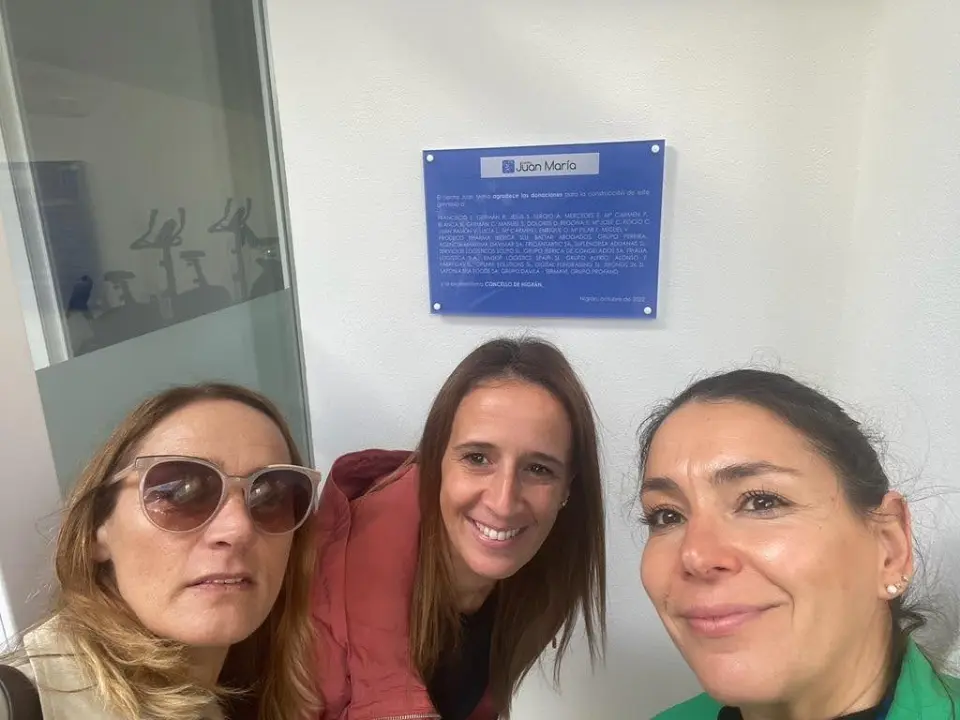
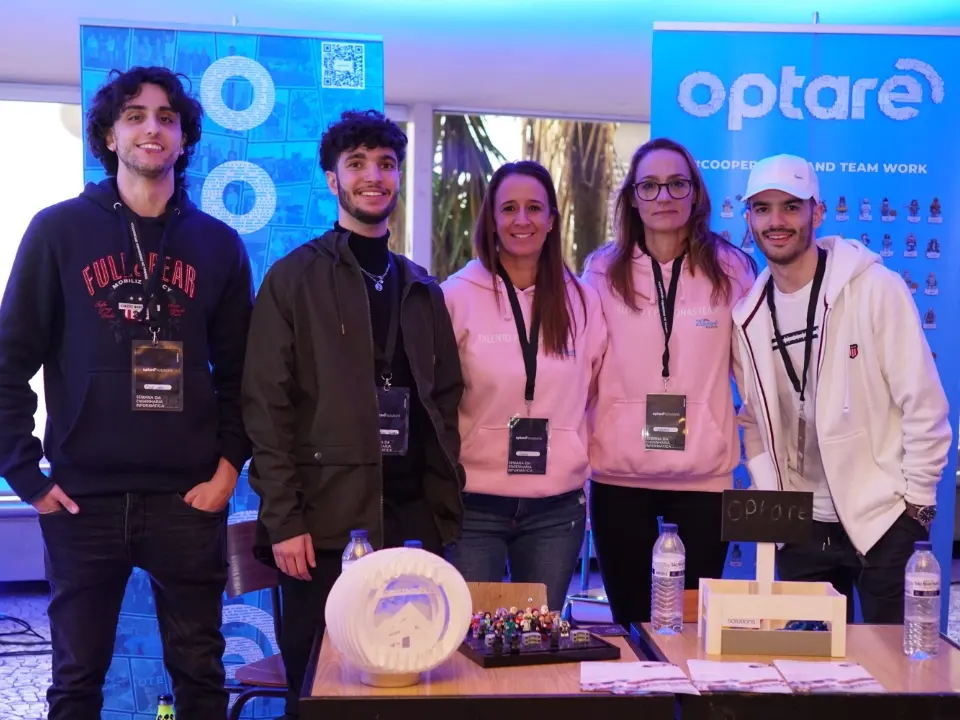




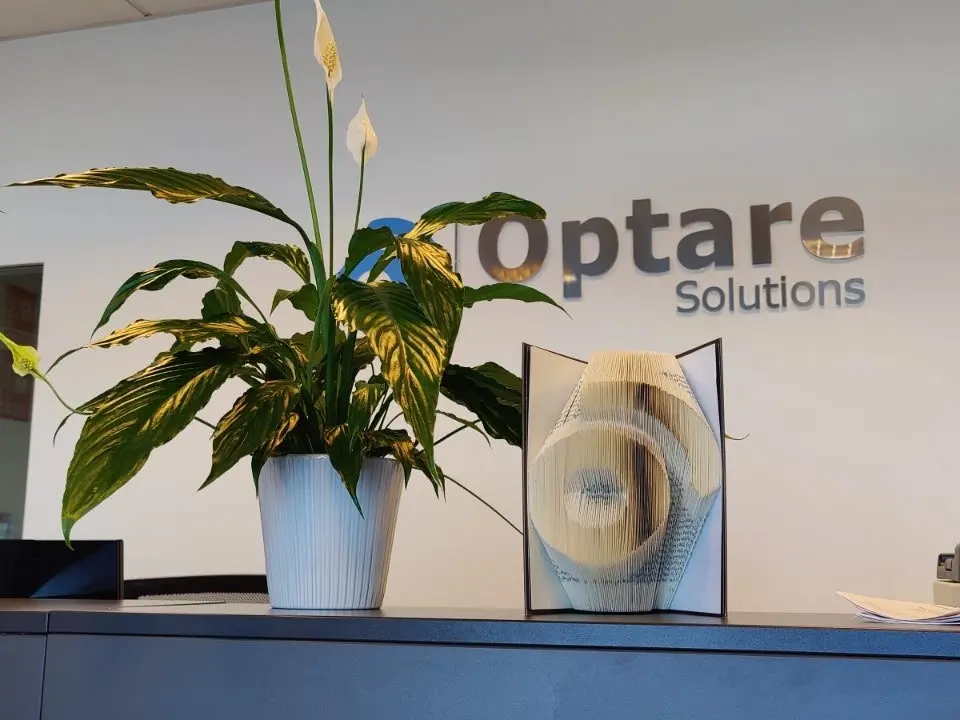
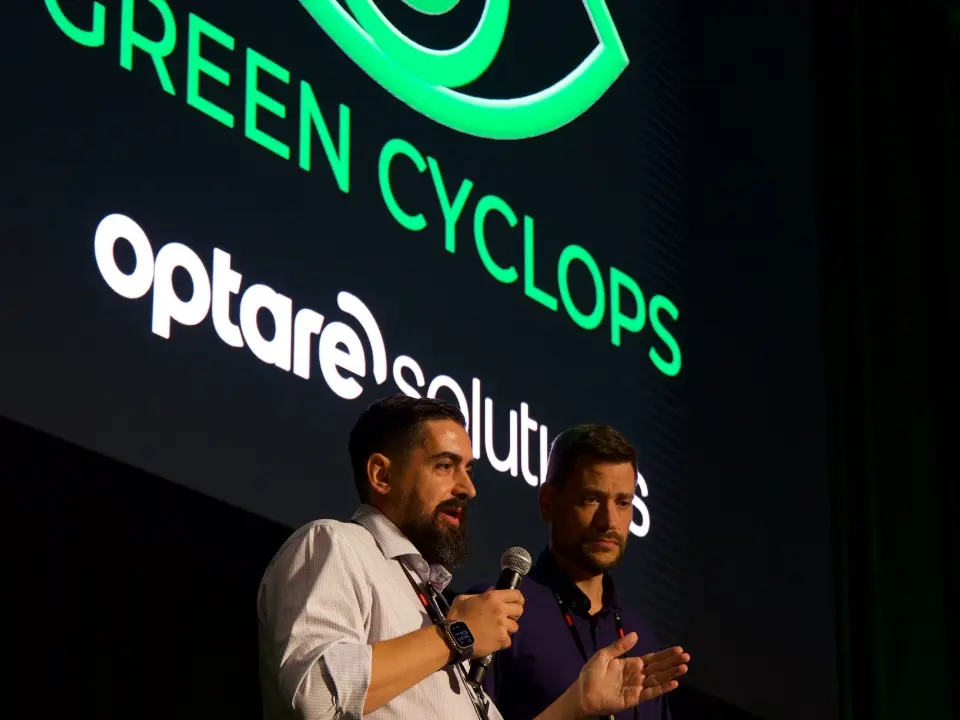





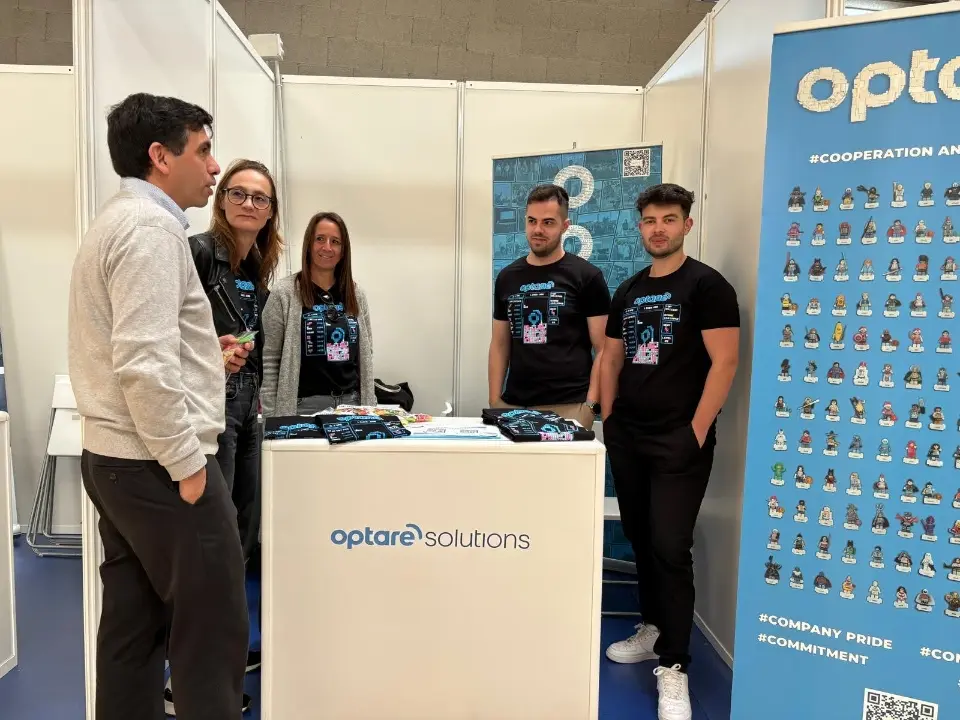


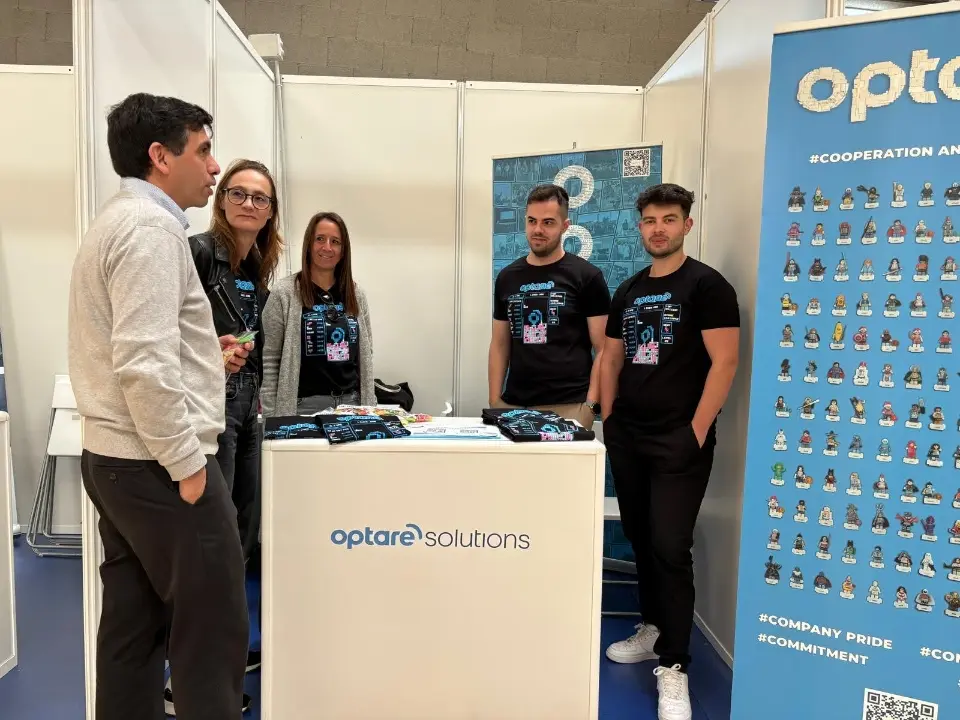
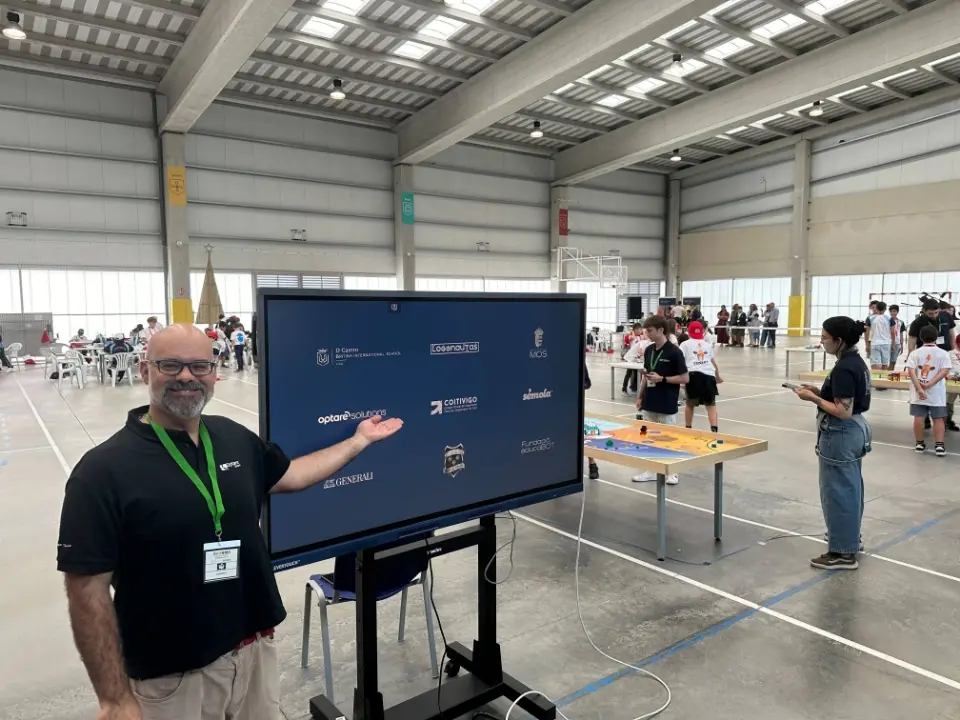
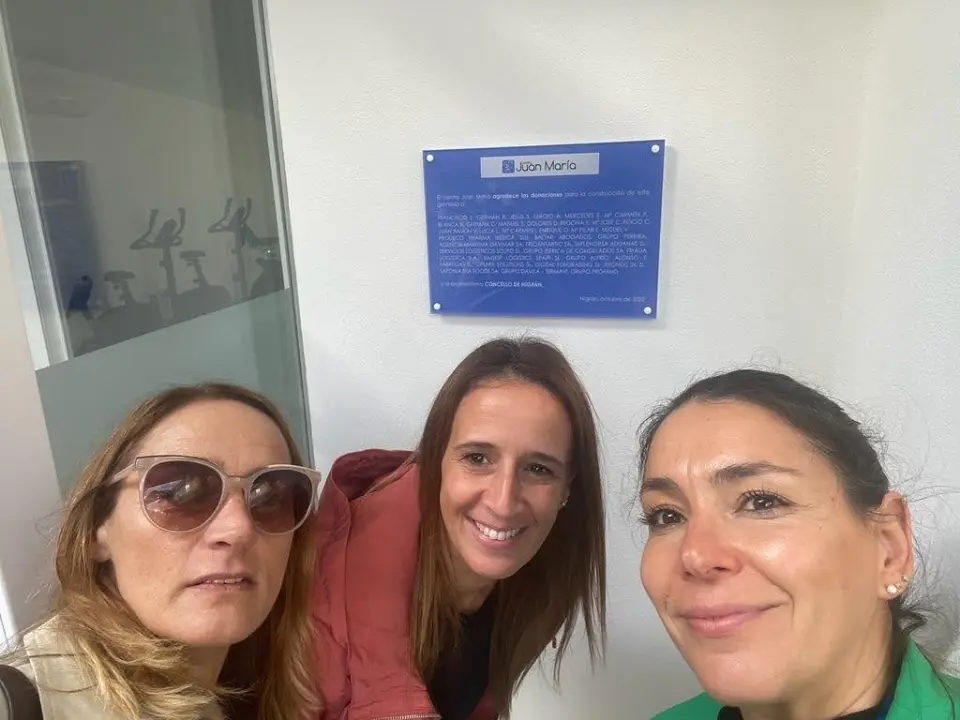
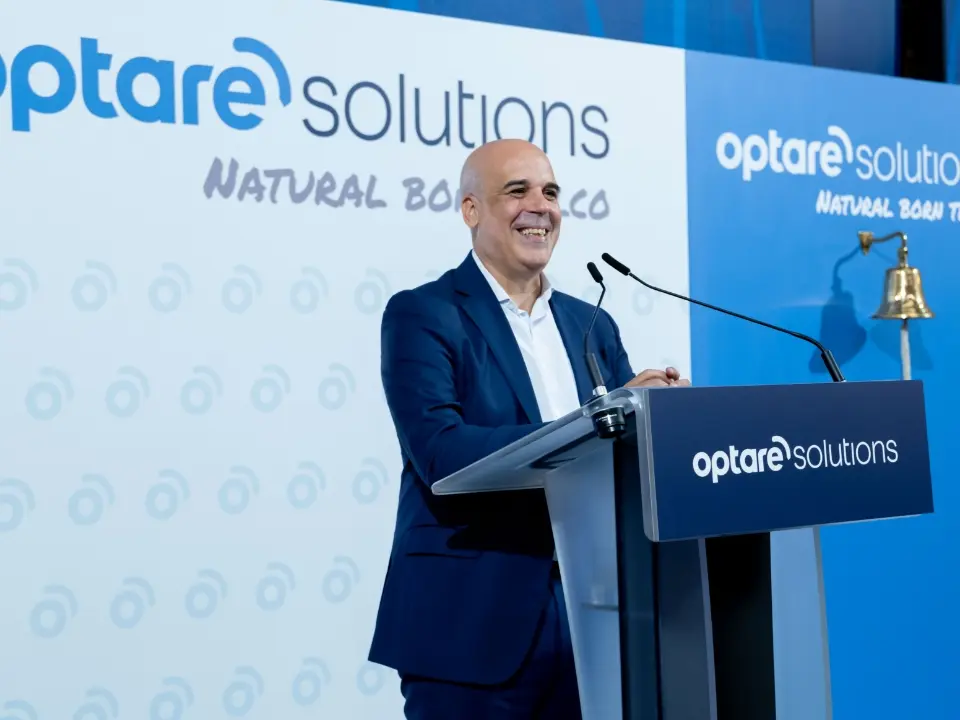


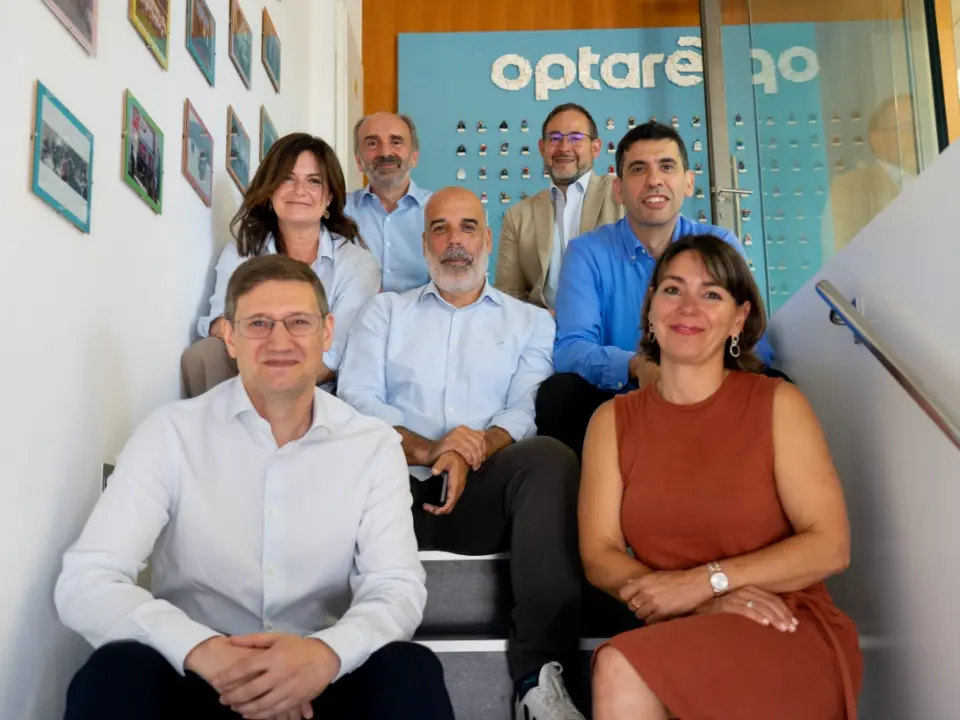

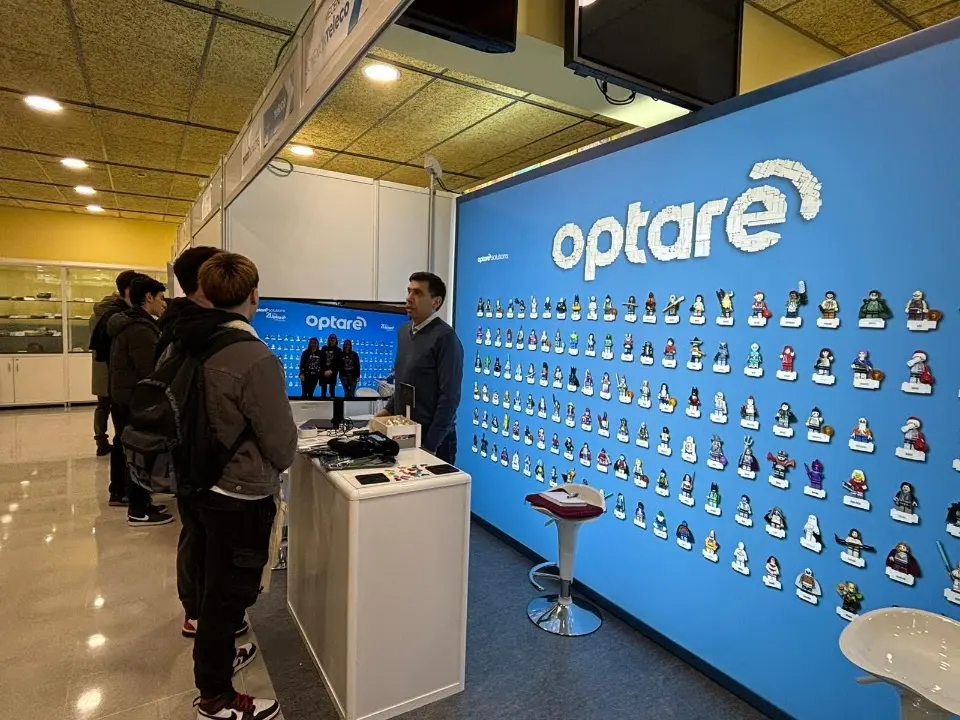

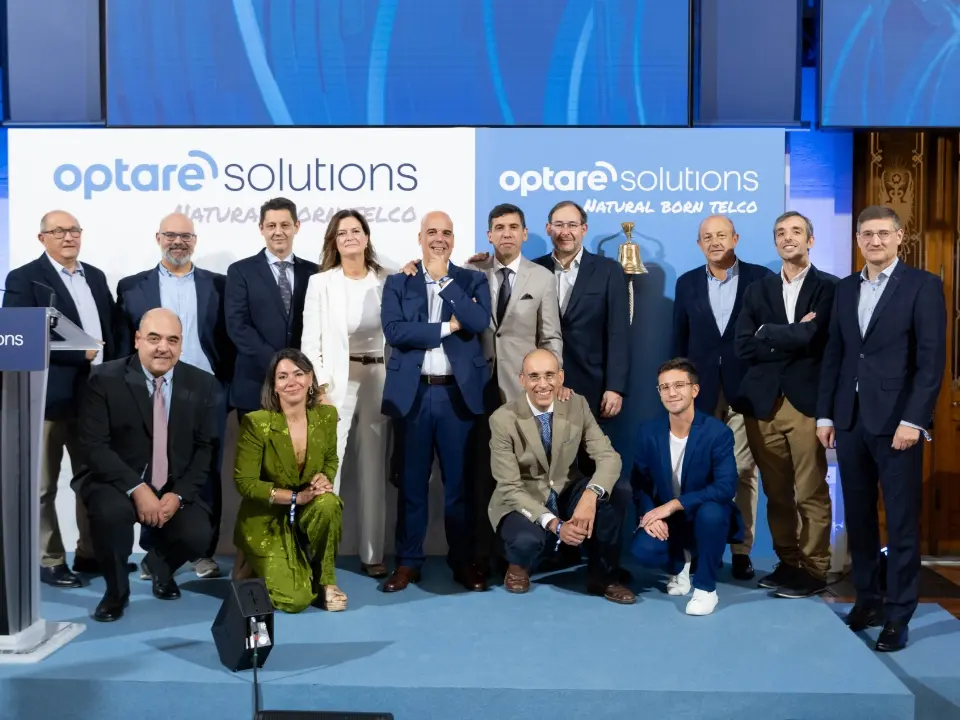


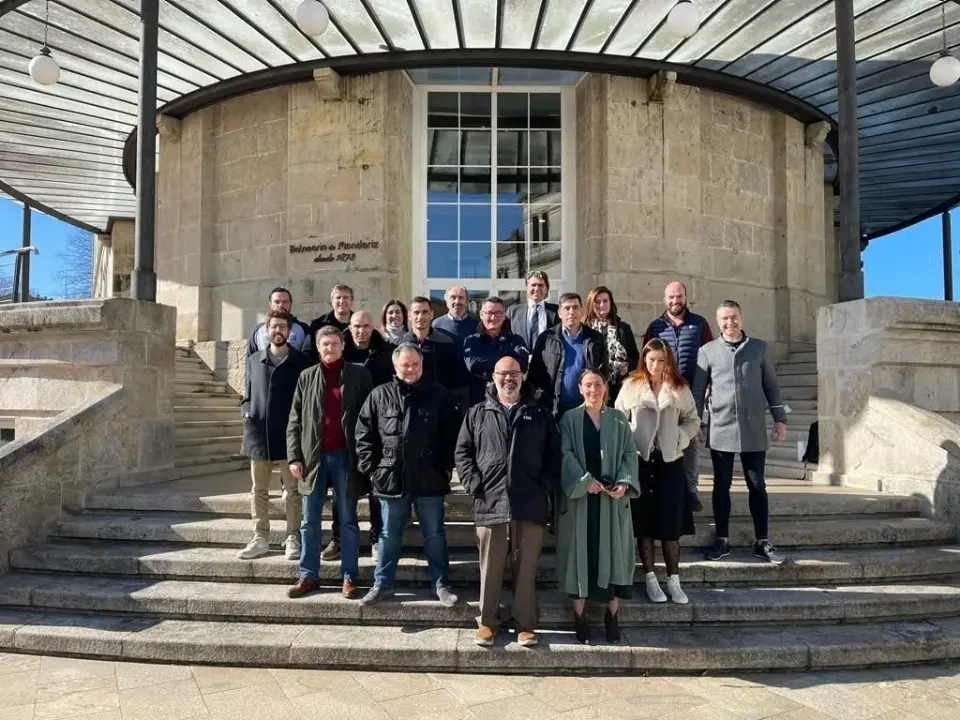

Commitment
If we work as a team, we can build a sustainable future through responsible actions committed to common well-being. Discover how we contribute to change.
- Communication •
- Communication •
- Communication •
- Communication •
- Communication •
- Communication •
- Communication •
INSIGHTS
ANALYSIS, TRENDS, AND CASE STUDIES TO DRIVE INNOVATION IN THE TELECOM SECTOR.
Latest articles
NEWS
ACCESS THE LATEST NEWS ABOUT OPTARE SOLUTIONS
Latest news

OUR PODCAST
Telco Talent is a space where we engage in conversations with telecom professionals, academic experts, and industry leaders to share experiences, insights, and specialized knowledge. We explore key sector trends and analyze how talent drives innovation and competitiveness in an ever-evolving landscape.
Latest episode
VISIT OUR LINKEDIN PROFILE TO STAY UPDATED ON THE COMPANY’S LATEST NEWS
Latest posts
People at the center
Technology has changed the world, but it’s people who drive technology forward.
Join a project that places people at the heart of innovation and sustainable development.





